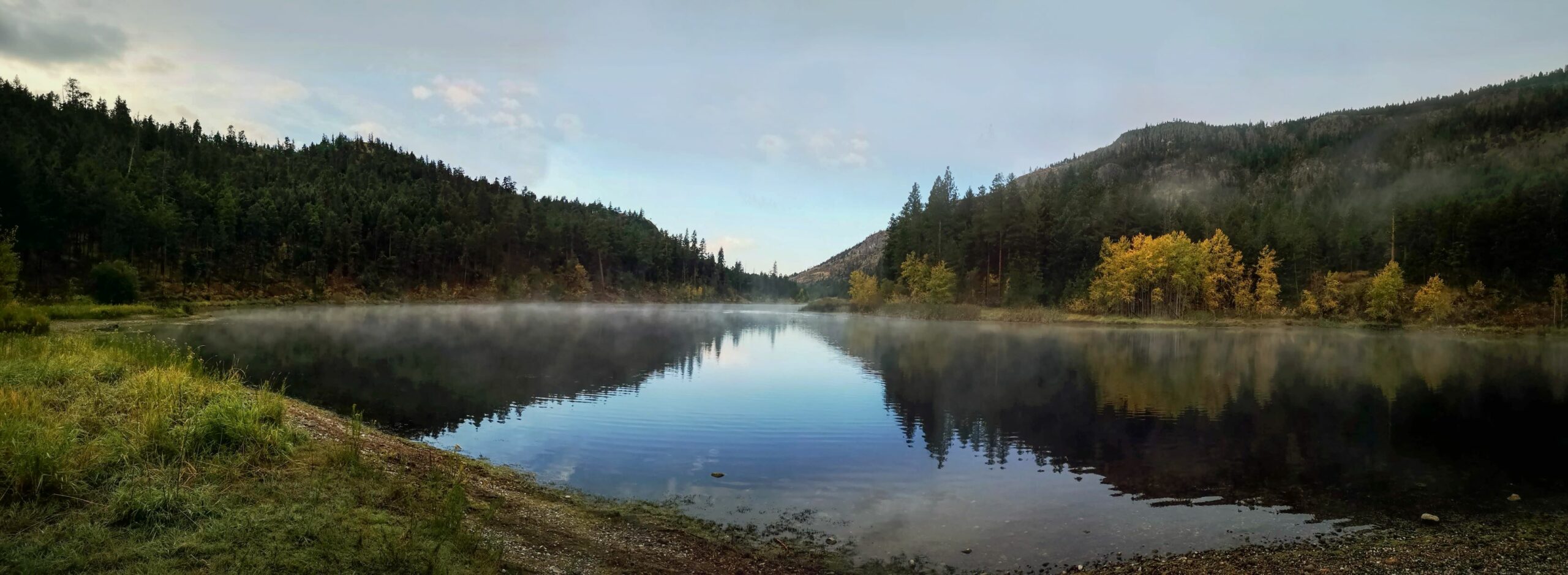Kelowna, B.C. – The three regional district boards of the Okanagan have voted to change the Okanagan Basin Water Board (OBWB)’s governance structure, giving the Okanagan Nation Alliance (ONA) representative equal voting powers as the representatives appointed by the regional districts. This amends a provision in place since the ONA’s seat on the water board was established in 2006 that limited their ability to vote on financial matters.
“I’m pleased that the ONA now has equal voting powers consistent with the regional districts, allowing the Indigenous voices of the Okanagan to be heard. We need to improve the way siwɬkʷ (water) is managed within the Syilx territory so it will be there for our future generations and all living things,” says Westbank First Nation Chief and ONA Dir. Chris Derickson. “Syilx people have a deep rooted and sacred connection to siwɬkʷ. It is our living relative and it is our job to protect it. We need the voices of Indigenous people to do that.”
“We’re very happy to announce this change to our voting structure,” Water Board Chair Sue McKortoff added. “The OBWB is committed to building a better relationship with the ONA. Endorsing the Syilx Nation’s seat at the board table as equal to the voting power of regional district representatives is one important step forward in our work towards reconciliation and implementing the spirit of the United Nations Declaration on the Rights of Indigenous Peoples and Syilx rights.”
The OBWB was initially formed in 1970 by the Regional District of North Okanagan, Regional District of Central Okanagan, and Regional District of Okanagan-Similkameen to provide leadership on valley-wide water issues. At that time, major issues included water quality concerns and the stresses of a growing population. The board was made up of three representatives (“directors”) from each regional district board and work focused primarily on grants to assist municipalities to upgrade sewage facilities and operate a milfoil control program.
In 2005, with a growing number of water issues including concerns around climate change impacts on water supply, the board reviewed its mandate. The following year, in 2006, the OBWB received authority from the regional districts to launch the Water Management Program to improve water science, water policy and communications to support decision making. The new program included the creation of the Okanagan Water Stewardship Council (OWSC – a technical advisory body to the OBWB)[1], the Water Conservation and Quality Improvement Grant Program, and the expansion of the board to include three additional directors. The three additional directors would include one representing the ONA, one for the Water Supply Association of BC (representing B.C. water suppliers and their customers), and one for the Chair of the OWSC. At that time, the three new directors were approved to vote on all matters other than financial.
At the July 2021 board meeting, after conversations with the ONA, the OBWB endorsed a change to its structure to ensure that the Syilx Nation’s seat had equal voting power to the regional district representatives. The OBWB then began talks with the Province of B.C. to ensure there were no issues with the change. Once it received approval from the province in January 2022, presentations were made to each regional district and each approved the change.
“In 2006, the new directors were added to the OBWB in recognition that the board would be stronger, and that their decisions would reflect a broader perspective. Fast forward to 2022 and the board has recognized that the ONA representative should have the same standing as the local government appointees,” added OBWB Executive Director Anna Warwick Sears. “It’s the right thing to do – advancing reconciliation while building genuine, meaningful partnerships to address water issues in the Okanagan.”
“Since 2006, it has been recognized by the OBWB that it would be a stronger body with a more diverse perspective,” Derickson added. “The voice of the ONA expands the understanding of water and will provide an additional perspective into what actions need to be taken to support its preservation.”
For more information on the OBWB, its purpose, its history, and more, please visit www.OBWB.ca.









